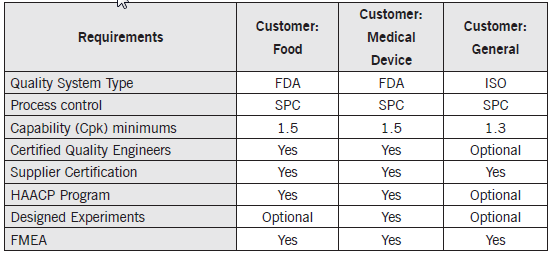Poka-Yoke: Part 2 Real Life Examples
A small assembler provides wiring harness assemblies for a particular automotive electronic controller. There are several part numbers and many of the parts for each part number look very much alike. So it isn’t surprising that the company has received complaints from the automotive assembly plants that some harnesses have incorrect components (which have to be changed out on the assembly line causing delays).










